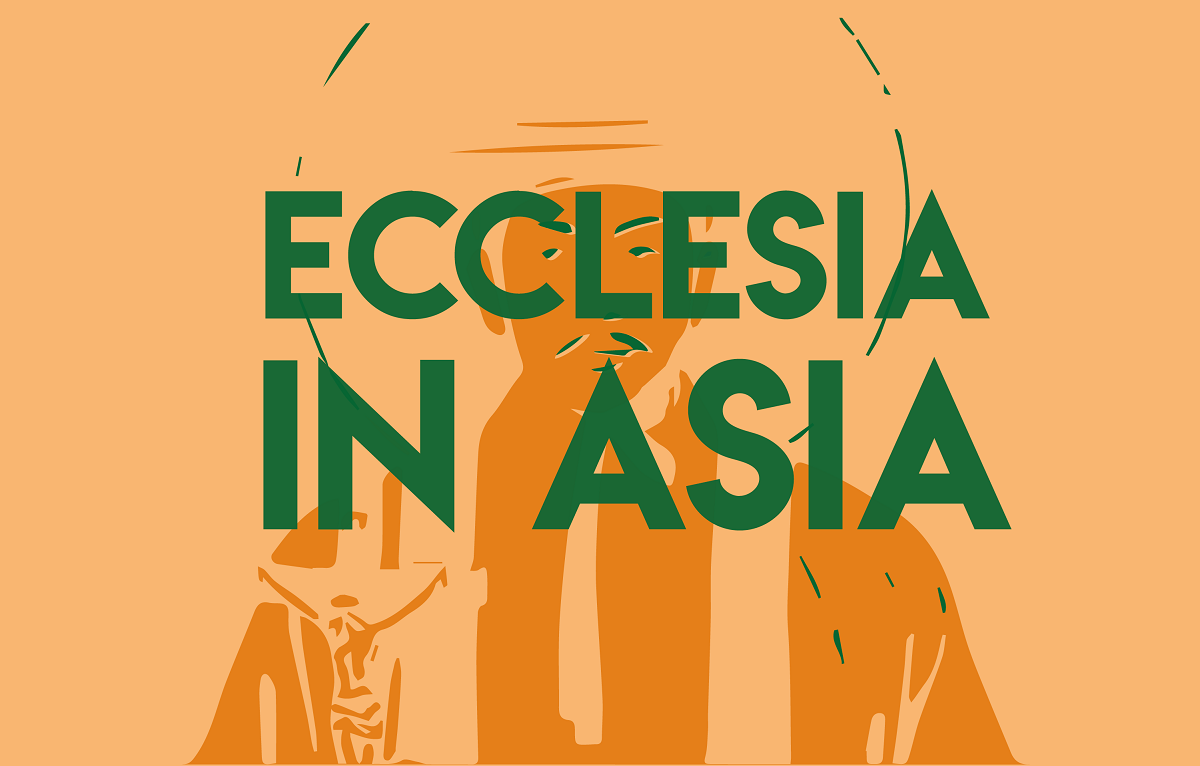Christians, Buddhists and Muslims working together amid the quake tragedy
A humanitarian worker talked to AsiaNews about the devastation caused by the earthquake. People are sleeping outdoors terrified by hundreds of aftershocks. A Salesian clergyman in Anisakan talks about the situation, while the military junta continues to attack rebel areas. Mud and polluted water risk causing more damage.
Yangon (AsiaNews) – “In Sagaing, 80 per cent of the city has been reportedly destroyed, devastation is everywhere,” bridges have collapsed or are unusable, creating further critical issues in rescue operations since "boats must be used to ford rivers,” said Yaung Ni Oo, a Yangon-based humanitarian worker originally from Mandalay, speaking to AsiaNews just over 24 hours after the earthquake that shook Southeast Asia.
“No aid has arrived in the city and many people have to sleep in the open or under trees, because aftershocks continued throughout the night, hundreds of them, some of them powerful. People are frightened.” But one of the few positive aspects, he explained, is the “solidarity between Christians, Buddhists and Muslims.”
More and more tragic stories are coming from Myanmar following the devastating 7.7-magnitude earthquake in Sagaing Division, which borders Mandalay, sowing destruction.
“To further complicate the emergency of a population already on its knees, Myanmar’s military continues to attack rebel-held areas,” Yaung laments.
According to the latest reports, more than a thousand people are confirmed dead with 2,300 injured, but the numbers are expected to rise given the difficulties rescuers have encountered.
In Thailand, where the earthquake was also distinctly felt in the capital, has reported at least 10 deaths, 16 injured and 101 missing, mostly workers at three construction sites, crushed or trapped by rubble, eight under a skyscraper in Chatuchak District. A 30-storey government building also collapsed, Bangkok Deputy Governor Tavida Kamolvej reported.
In Mandalay the Salesians are among the most affected groups. The city saw many skyscrapers, pagodas, mosques and churches reduced to rubble by the power of the quake; the St John Paul II Chapel suffered extensive damage, with the collapse of the façade and parts of the walls, injuring two worshippers.
In Anisakan, also in the Mandalay region, which houses many buildings owned by the Salesians of Don Bosco (SDB) and the Daughters of Mary Help of Christians (FMA), the earthquake caused widespread structural damage.
“We suffered quite a shock,” said Fr Edward Sein Myint, a Salesian in Anisakan, speaking to AsiaNews. “Especially in Mandalay City, many high-rise buildings, pagodas, mosques, and churches toppled down to the amazement of all believers. To make this sad picture more pitiable, even the historic old Sagaing Bridge across the famous Irrawaddy River lost some spans”.
The Salesians of Don Bosco are among those who suffered the greatest damage. The façade of the chapel of John Paul II collapsed and some parts have given way, injuring two people as they worshipped.
“We would very much appreciate your prayer for our people in this time of calamity, when humanitarian aid, communication, and transportation are very difficult due to critical political situations,” Fr Myint added.
Meanwhile, Myanmar’s military continues to attack areas under rebel control. Local sources report that an hour and a half after the main quake, government planes hit Naung Linin, a village in Nawnghkio Township, about 120 km from the epicentre of the earthquake, an area held by the Ta'ang National Liberation Army (TNLA).
At least seven fighters with People's Liberation Army, a TNLA ally, were killed. Last night pro-junta paramilitary groups conducted two air strikes in Chaung-U Township, Sagaing Region, near the epicentre of the earthquake.
“Many buildings collapsed with people inside, who are hard to get to,” said Yaung Ni Oo speaking by phone. Rescuers “are digging through the rubble, the dead are being counted. Under a collapsed Buddhist monastery in Sagaing, there are at least 80 dead.”
Buddhist monasteries and churches have been damaged, but mosques have been especially hard hit with hundreds of victims.
“People were praying inside. It is Ramadan, and the number of victims is huge, also because many places of worship had considerable structural problems. At least 70 Muslim places of worship have been damaged, and more than 500 people have already died, particularly in the Mandalay area.” As for the churches, "many have been destroyed, but no one died inside.”
Humanitarian assistance is urgently needed. Communications are difficult and Myanmar’s military junta is not making things easy. “The bishop of Lakho is launching appeals for help; several places of worship in Karenni State have also suffered heavy damage.”
Last but not least, there is an environmental problem. Some dams are in danger of collapse, while others are damaged. In Yangon "there has been no electricity since yesterday. In Sagaing and Kachin, there are critical issues, like water contamination in mining areas. Mud and polluted water risk causing more tragedies.”
Amid the extreme emergency, there are nevertheless “moments of great solidarity among people from different religions, Buddhists, Christians and Muslims.”
PIME is particularly concerned about the situation in Myanmar and Thailand, since it has long established missionary ties with the two countries. For this reason, the PIME Foundation has decided to open the Emergency Aid for Myanmar (10122) to support local Churches in providing aid to earthquake victims. It is possible to contribute directly online here.
09/10/2023 14:05
20/09/2017 13:42





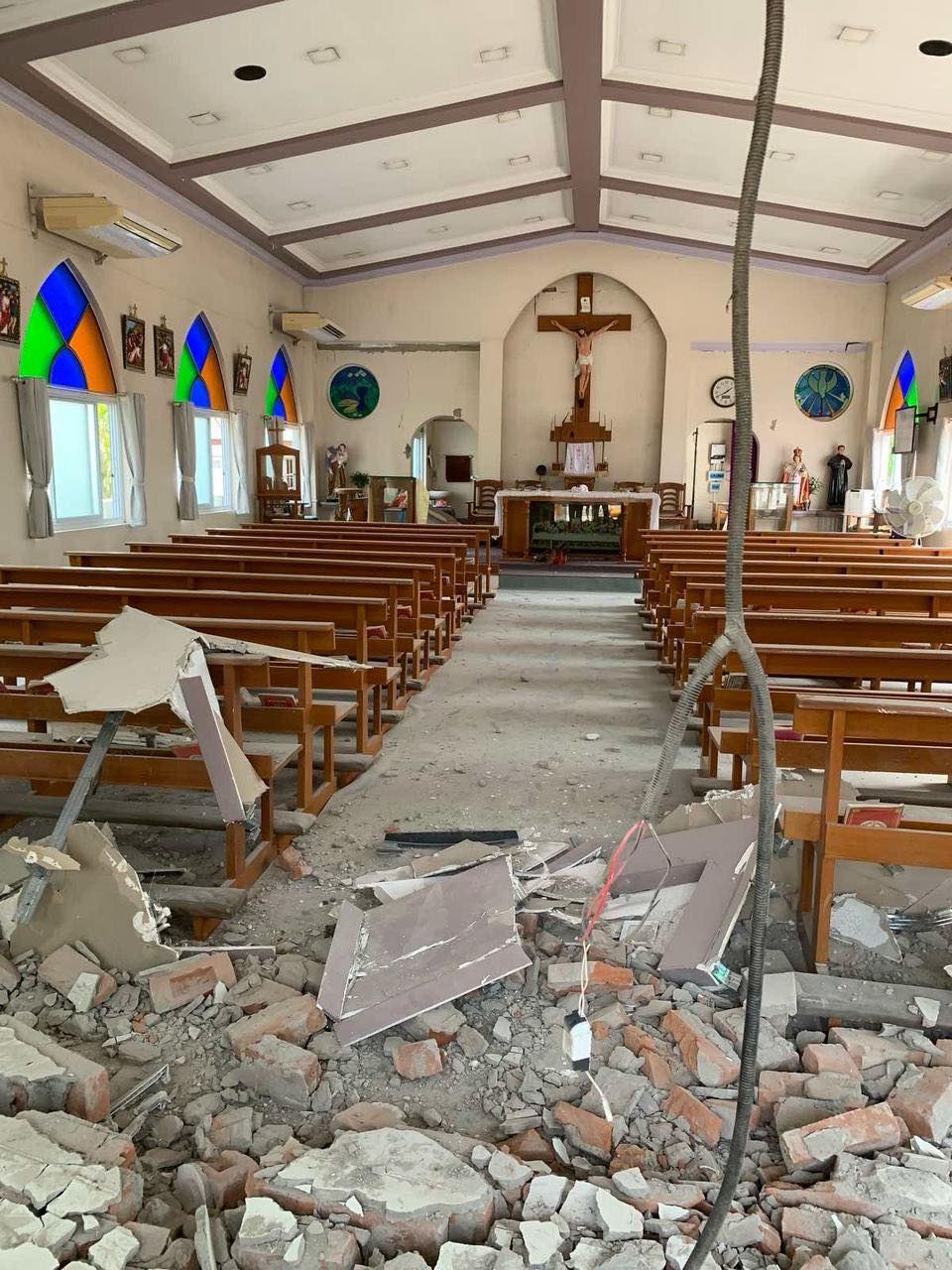
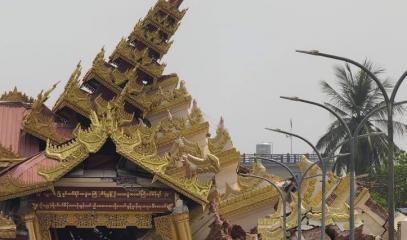
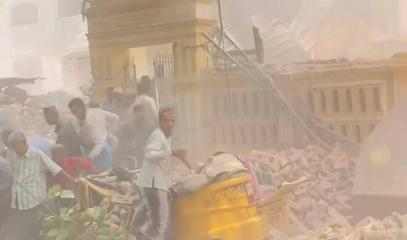
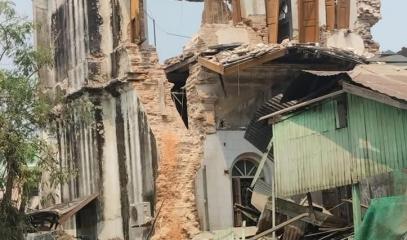

.png)




